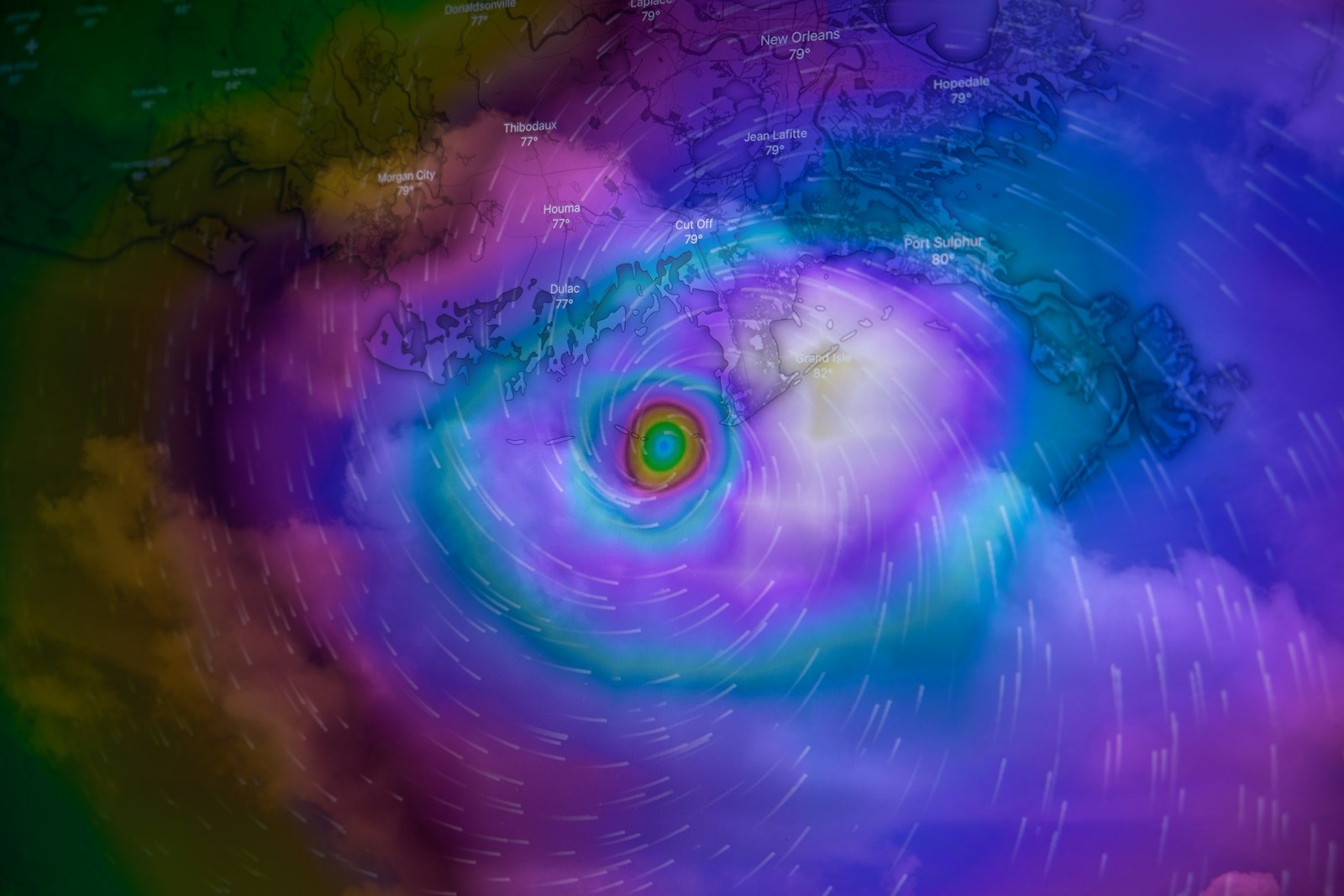Bird flu, also known as H5N1 avian influenza, is causing ripples of concern across the globe. The ongoing spread of this virus to mammals, including humans, has prompted the World Health Organization (WHO) to issue a stark warning. Senior UN medics fear H5N1 could evolve to become a human-to-human transmissible pandemic.
Table of Contents
ToggleH5N1: A Deadly Threat
Dr. Jeremy Farrar, chief scientist at the WHO, highlights the alarming mortality rate among those infected with H5N1 to date. While the number of cases remains relatively low (several hundred), the virus’ lethality is a cause for serious concern.
The Zoonotic Threat: From Birds to Humans
H5N1 primarily affects poultry and ducks. However, recent outbreaks have seen the virus jump species, infecting mammals like cattle in the US. This “zoonotic” transmission, where a virus leaps from animals to humans, raises the chilling possibility of H5N1 acquiring the ability to spread from person to person.
Unraveling the Mystery: How is H5N1 Spreading Among Mammals?
The recent outbreak among US dairy cows has sparked a flurry of questions and investigations. Public health authorities are urgently trying to understand the specific modes of transmission within these mammals. Are shared milking structures generating infectious aerosols? Is it the cramped living conditions? The transportation system? Unraveling these answers is crucial to preventing further spread and potential mutation.
Preparing for the Worst: Vaccines, Diagnostics, and Global Cooperation
The potential for a human-to-human transmissible H5N1 pandemic underscores the need for immediate action. Dr. Farrar emphasizes the importance of readily available vaccines, diagnostics, and equitable access to these resources around the globe.
Beyond COVID-19: A Universal Language for Airborne Threats
The COVID-19 pandemic exposed a critical gap in communication: a lack of standardized terminology for describing airborne pathogens. This ambiguity hindered global cooperation and hampered efforts to control the virus.
A New Language for Airborne Threats: IRPs vs. Aerosols and Droplets
To address this shortcoming, the WHO spearheaded a collaborative effort with major public health agencies to establish a universal language for describing airborne threats. Replacing terms like “aerosols” and “droplets” with the more inclusive “infectious respiratory particles (IRPs)” promotes clarity and understanding.
Beyond Words: The Science of Airborne Pathogen Control
This new language initiative goes beyond mere semantics. It signifies a global commitment to tackling increasingly complex and frequent pandemics. Dr. Farrar emphasizes the need for ongoing collaboration between scientific disciplines. Sharing a common language is the first step; the next crucial phase involves conducting in-depth research on pathogens like H5N1, COVID-19, and tuberculosis. Understanding how these airborne threats operate is paramount to developing effective control and prevention strategies.
The Road Ahead: Challenges and Cautious Optimism
Dr. Farrar acknowledges the significant hurdles ahead. H5N1 vaccine development hasn’t reached the necessary stage, and public health infrastructure around the world lacks the universal capacity to diagnose the virus effectively. While the situation is serious, the WHO’s proactive response is a positive sign. International cooperation, standardized communication, and a renewed dedication to research offer a glimmer of hope in the face of this potential zoonotic pandemic threat.
FAQs on Avian Influenza and the Public Health Risk
1. How serious is the H5N1 threat?
The high mortality rate and zoonotic potential of H5N1 are significant concerns. The possibility of the virus evolving to become human-to-human transmissible necessitates immediate action.
2. Are there any vaccines or treatments for H5N1?
While vaccines exist for some strains of avian influenza, they may not be effective against rapidly evolving variants like H5N1. Development of a new, specific vaccine for H5N1 is ongoing.
3. What can be done to prevent a potential H5N1 pandemic?
Global cooperation, research on H5N1 transmission and mutation, and ensuring equitable access to diagnostic tools and potential vaccines are critical steps.
4. What does the new terminology (“infectious respiratory particles”) mean for airborne disease control?
The new terminology promotes clarity and facilitates communication between scientists and public health authorities. This paves the way for more effective international collaboration in combating airborne pandemics.
5. What are some additional steps individuals can take to protect themselves?
Practicing good hygiene, avoiding contact with sick animals, and staying informed about public health warnings can help minimize the risk of exposure to H5N1.







